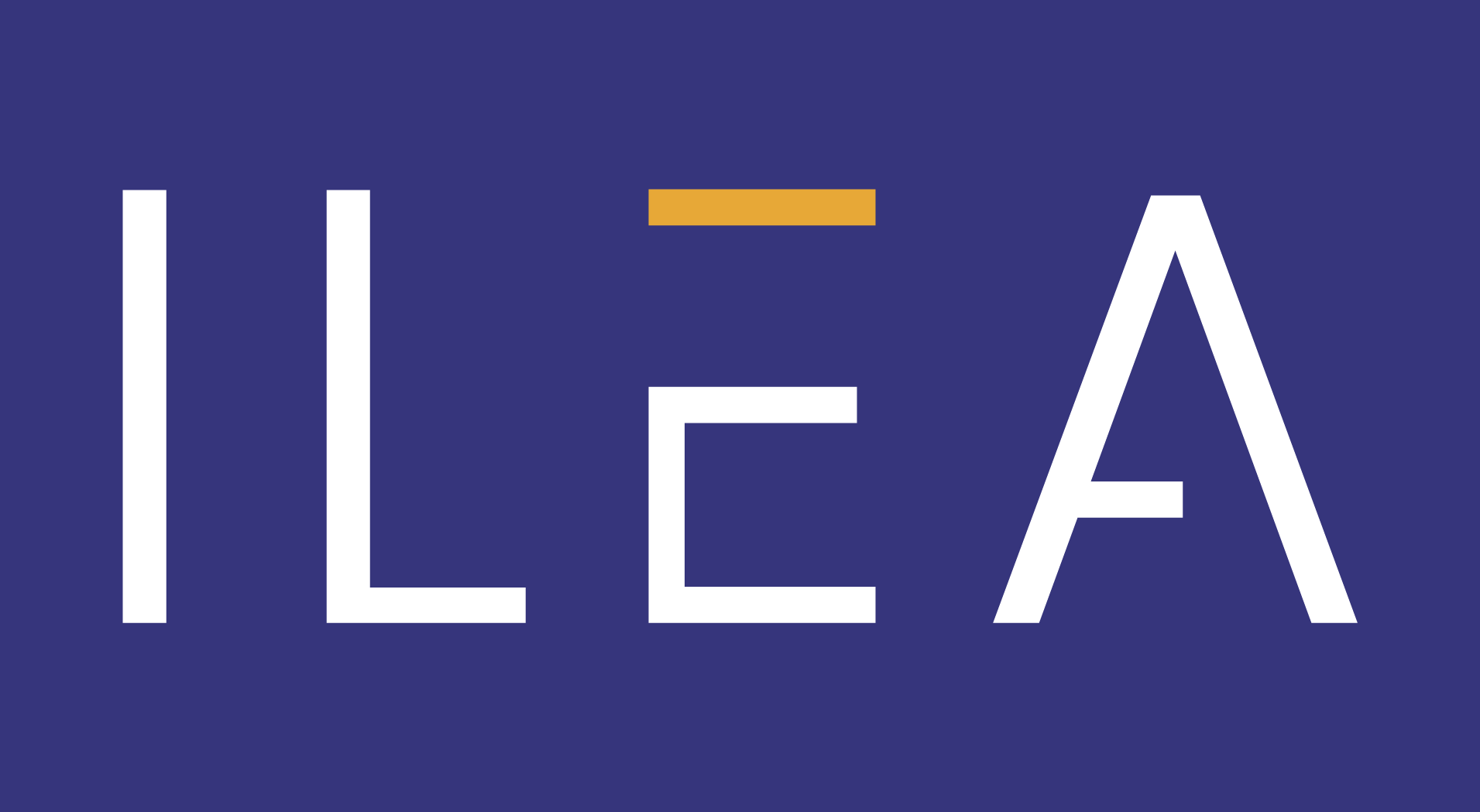
STOP MURI – English
STOP MURI or the mistake of hunting for waste
How can a lean culture in services be durably changed? Where to start? What can we learn from failures, and what can we learn from those who have successfully spread a culture of continuous improvement?
Avoid the mistake of hunting for waste.
Many lean service transformations focus solely on hunting for waste. Sometimes, it’s even worse : the transformation starts with a lean perspective overhaul of the processes, led by experts (either internal or consultants), considering waste elimination in the process as the Holy Grail.
After obtaining short-term results, the same phenomenon is always observed:
- These results are not sustainable and are eventually largely lost.
- There is no additional result, no continuous improvement.
- Teams and managers are not committed.
- Leaders don’t sponsor the transformation, at best some action-solutions on certain processes.
MURI-MURA-MUDA.
It doesn’t work And it cannot work and this has several reasons.
- MURI-MURA-MUDA work together!
- MURI is the overexploitation of people and machines.
- MURA is variability, the multiple variations in the process.
- MUDA is the waste as we know it.
- It is essential to deal with MURI first, then MURA, and finally MUDA.
- Above all, it is necessary to TRAIN ALL EMPLOYEES in the organization to see, detect and act accordingly.

Many people believe that there are no MURI in the office, in the service areas? Really?
There is a persistent idea that there is no overexploitation of teams and individuals in the world of services.
Service world operators experience situations of solicitation, stress which is less visible but still present. ;
Those require collecting learning so that operators are able to detect them.
Real example:
A senior customer service representative (in charge of the training of his colleagues) who analyzes real estate credit files for a large French bank.
To do this, he uses:
- a huge paper file
- an application with 14 tabs containing all the elements of the file
- another application for communication between different bank services
- a calculator,
- a paper scribbled with notes,
- a pencil.
The file is entirely reviewed and verified for validation. This review is done by comparing the elements in the application and the elements communicated between the services.
Only a Gemba (a close-to-operator field observation) comprehends the cognitive overload of the customer service representative, the absurdity of file storage versus application organization, the multiple duplications of the same piece of information that makes it difficult to identify the master information.
At one point, the customer service representative detects an error on page 12 of the financing plan. After a long hesitation, he takes his calculator, recalculates all the figures up to the end of the plan, and finds a cumulative error of a few euros. And there, he blocks for several minutes. He doesn’t know whether to refuse the file (with all the overwork that it constitutes) or to let an approximative financing file pass.
No standard, no rule, no practice allows him to manage this credit decision smoothly. He must take a risk one way or the other.
This cognitive overload, these blocking moments, this silent tension is not detectable from afar, from the information tracking systems or via HR indicators. This reporting of MURI during the working day can only be achieved through training (employees and managers) and the establishment of a culture of problem reporting, particularly of MURI, to be treated as they are detected.
Make a lasting change: develop a lean culture in the service
STOP-MURI allows you to:
- to enhance the organization’s skills with a clear and mobilizing message
- to address the key issue of working conditions, stress and process absurdities
- to trigger your transformation and mobilize teams around a clear message
Conclusion
A lean system seeks to establish a learning organization. In fact, all actions, especially those that initiate

